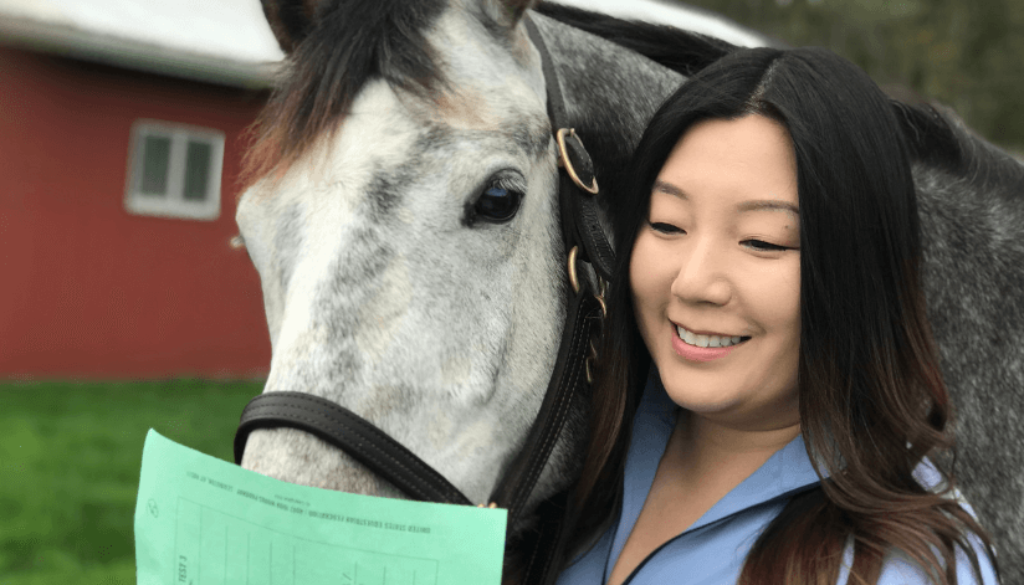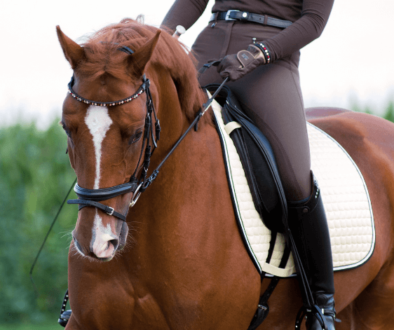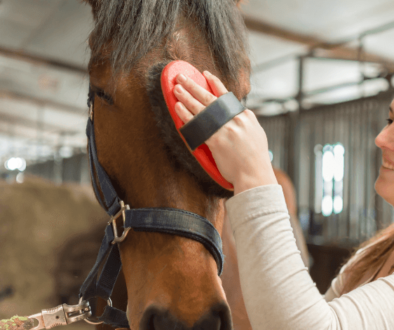Making Sense Out of Your Dressage Test Comments
You have finished the show, picked up your score and test sheet, headed home and are now relaxing with a nice glass of wine. While happy with your ride, you know you can do better! Here are some points to ponder in your quest to the 70th percentile.
Points lost in accuracy – these are the easiest to fix. Circles should be round and the correct size. You should show a difference between a corner (deeper) and a circle/serpentine through the short side (shallow).
Transitions should be at the letter. Lengthening/medium/extended gaits should show a clear difference. While accuracy is not the only criteria, it is hard for a judge to mark a high score when a nice transition occurs 6 meters late.
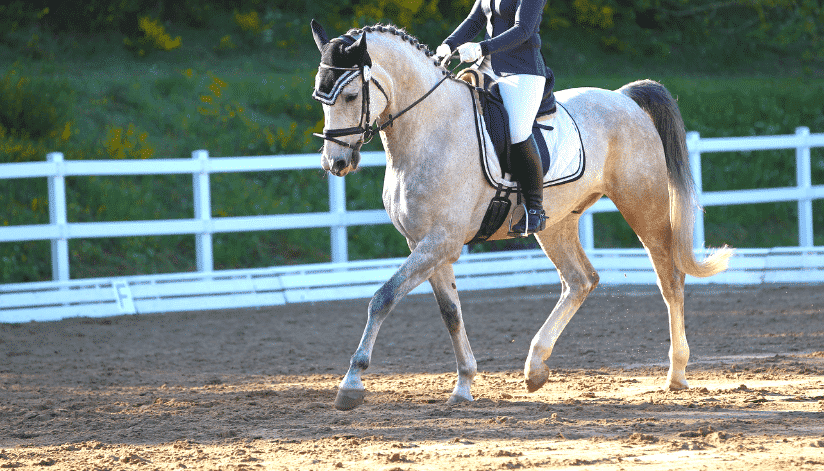
Points in accuracy – these are the easiest to fix”
Find the very low scores, like 4 and below. It is much easier to bring a 4 to a 6, than a 6 to an 8. What caused the low score? Disobedience, bad geometry or effect of aids? Fix these areas and you should be in the 60’s.
Now focus on the collectives. Which of the 5 boxes is lowest? Which is highest? Read the comments carefully and determine if you already know how to fix things. For example, if impulsion is the lowest and several boxes in the test say things like “labored”, “sluggish”, “add power/march/energy”, then you need to ask for a bit more “umph” from your horse.
Develop a more active gait (or all 3 if appropriate!!!) without throwing away the front of the horse. Remember, our goal is to ride horses from back to front, so keep the elastic contact in the front and drive the engine from behind.
Other common problems are:
- Low submission score – maybe your horse was not focused or confident. That is usually corrected with more time in the horse show sandbox. Maybe there were connection issues.
- Again, after knowing that dentition and bitting are correct, work on that elastic connection, riding back to front. And remember that half halts only work when there is a small softening after the strong “take or push”. As horses develop self-carriage, their connection generally improves.
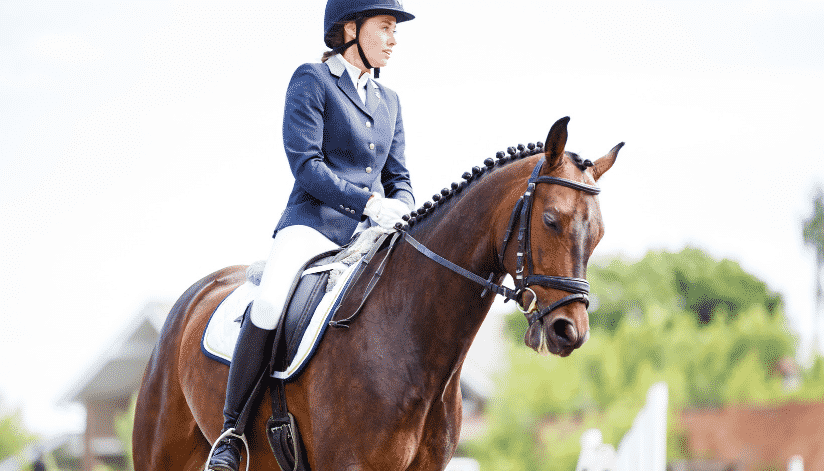
- Low position score – your position should be such that if the horse disappeared beneath you, you would land standing in balance. Chair seat, leaning forward, legs back, balanced on hands are all common faults of position. Lunge line work helps, as does a correct saddle.
- Low effect of aids score – this is a “Goldilocks” score, meaning that aids can be too strong or too passive. Most rides I judge receive a lower “effect of aids” score than a “position” score, but not always. Sometimes aids are correct, but not effective in this ride. This score is usually aligned with the submission score.
Low effect of aids score…is usually aligned with the submission score.”
Back when we had a Harmony score, we were taught that a harmonious ride that fell short of the requirements of the test could not receive a high harmony score. In other words, rides that were passive in order to be smooth and flowing were unlikely to receive high scores throughout.
Your take-home message here is to ride the horse, not the test. Let me repeat – ride the horse, not the test pattern!
- Making Sense Out of Your Dressage Test Comments - July 1, 2019
- Getting the Most Out of Your Lessons - April 5, 2019
